Dark Origins – African myths and legends: The San (previously Bushmen) Part 2
Posted: February 23, 2022 Filed under: Dark Origins, Mythology and Legend | Tags: African Legend, Dark Origins, Legend and Mythology, Roberta Eaton Cheadle, South Africa history, Writing to be Read 42 Comments
Last month, I introduced you to the San (previously Bushmen) of southern Africa and shared about their rock art. You can read the post here: https://writingtoberead.com/2022/01/26/dark-origins-african-myths-and-legends-the-san-previously-bushmen-part-1/.
Today, I am going to share a poem from the extinct IXam tribe and a little more about the San.
San hunting methods
The San are excellent hunters. They do some trapping of animals but hunting with a bow and arrows is their preferred method. The San arrows are smeared with a deadly poison that kills the animal slowly. As the animal takes a long time to die, the hunters have to track it sometimes for a few days.
The San make their poison from a caterpillar called ka or ngwa or from the larvae of a small beetle. Sometimes they use poison made from plants or snake venom. San poisons are highly toxic. In order to prevent accidental contamination, they reverse their arrow points and keep them inside the reed collar of their arrows. They also smear the arrows with the poison just below the tips.
The San use every part of the animals they hunt. Hides are tanned for blankets and the bones are cracked and the marrow eaten.
Water is scarce in the areas inhabited by the bushmen. During the dry season, moisture is collected by scraping and squeezing roots. They also dig holes in the sand to find water and also carry water in the shells of ostrich eggs.
Myths of the IXam
One of the myths of the IXam is about how the Milky Way was formed. They have a poem/story called The Girl Who Made Stars which tells this story.
You can listen to me reading this story here:
This story demonstrates the San belief that feminine energy is dominant in the creation of the cosmos.
In this story, a girl who is menstruating for the first time throws wood ash and edible roots into the sky. The ashes and roots become stars and light the people’s path as they walk by at night. This myth depicts the creator of the Milky Way and all the stars in the dawning womanhood of a pubescent girl.
The girl in this story is confined to a small hut during this time. She may not eat the young men’s game as her doing so would destroy their abilities as hunters. A look from her can turn a springbok wild. She is a fragile girl but she is powerful and to be feared at this time. She is also kind and benevolent, creating the stars so that people can see at night.
The Bushman Heritage Museum in Nieu Bethesda
During our road trip earlier this year, we were fortunate enough to visit The Bushmen Heritage Museum in Nieu Bethesda and see the beautiful wall hangings that have been created by the descendants of the now extinct IXam tribe to celebrate their mythology and to help remember it.
This short video shares a bit about the creation of this museum and what it stands for. The story of the bushmen is a tragic one and this video will give you gooseflesh.

The picture above is of the restaurant at the museum which also has some wonderful local art made by the descendants of the IXam tribe available for purchase.
If you would like to learn more about the Bushman Heritage Museum, you can do so here: https://bushmanheritagemuseum.org/
Next month, I will share the last post in this short series about the San or Bushmen of southern Africa.
About Roberta Eaton Cheadle
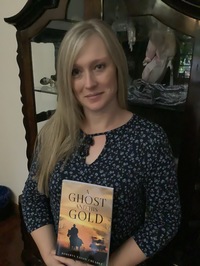
Roberta Eaton Cheadle is a South African writer and poet specialising in historical, paranormal, and horror novels and short stories. She is an avid reader in these genres and her writing has been influenced by famous authors including Bram Stoker, Edgar Allan Poe, Amor Towles, Stephen Crane, Enrich Maria Remarque, George Orwell, Stephen King, and Colleen McCullough.
Roberta has short stories and poems in several anthologies and has 2 published novels, Through the Nethergate, a historical supernatural fantasy, and A Ghost and His Gold, a historical paranormal novel set in South Africa.
Roberta has 9 children’s books published under the name Robbie Cheadle.
Roberta was educated at the University of South Africa where she achieved a Bachelor of Accounting Science in 1996 and a Honours Bachelor of Accounting Science in 1997. She was admitted as a member of The South African Institute of Chartered Accountants in 2000.
Roberta has worked in corporate finance from 2001 until the present date and has written 7 publications relating to investing in Africa. She has won several awards over her 20-year career in the category of Transactional Support Services.
Find Roberta Eaton Cheadle
Blog: https://wordpress.com/view/robertawrites235681907.wordpress.com
Twitter: https://twitter.com/RobertaEaton17
Facebook: https://www.facebook.com/robertawrites
Amazon: https://www.amazon.com/Roberta-Eaton-Cheadle/e/B08RSNJQZ5
_____________________________________________________________________________________________
Want to be sure not to miss any of Robbie’s “Dark Origins” segments? Subscribe to Writing to be Read for e-mail notifications whenever new content is posted or follow WtbR on WordPress. If you found it interesting or entertaining, please share.


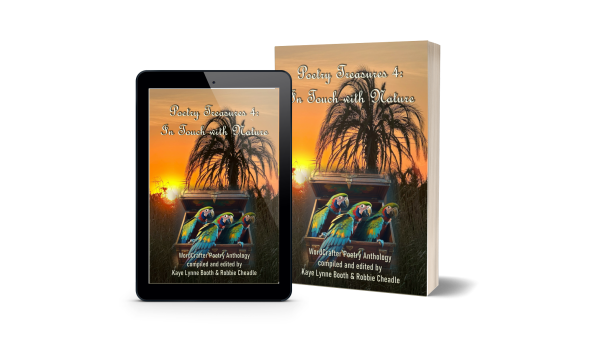
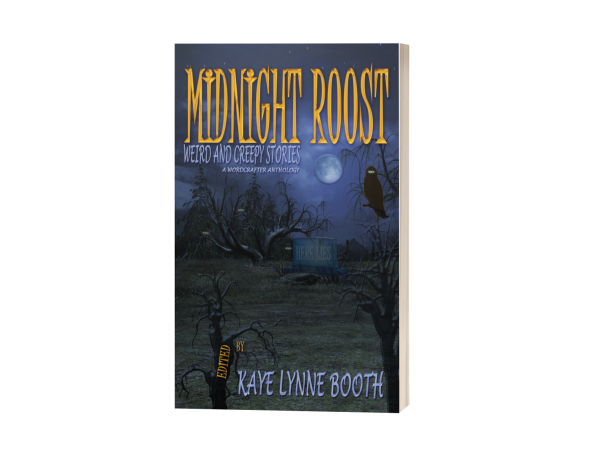



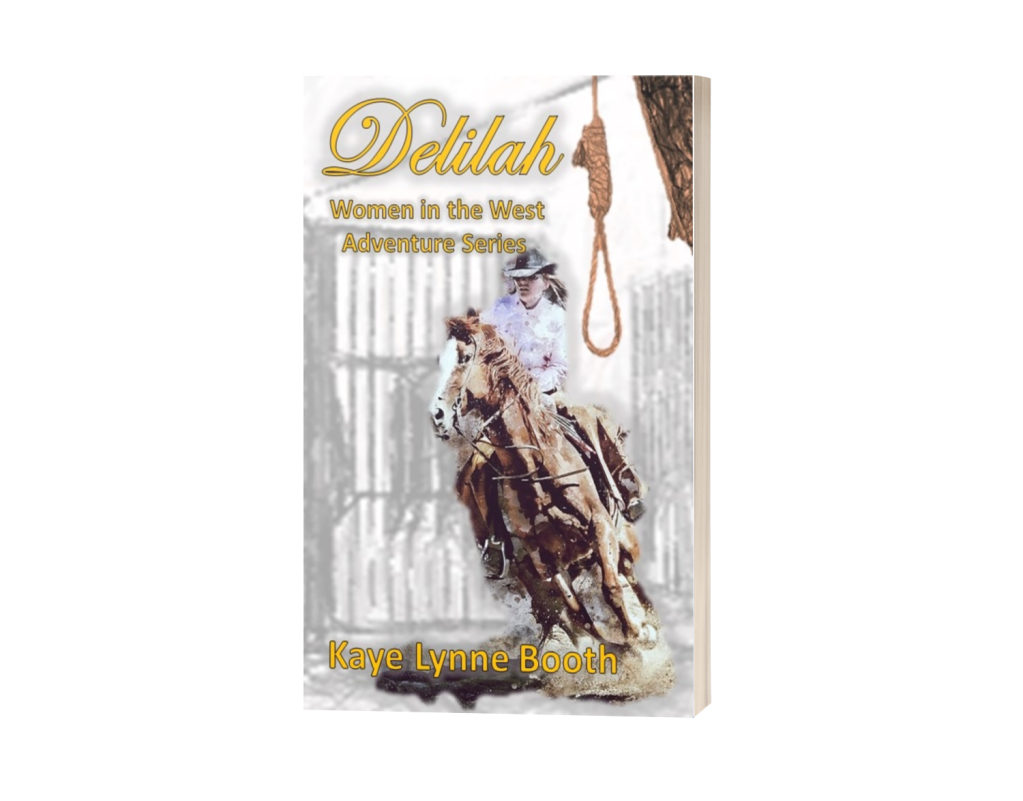
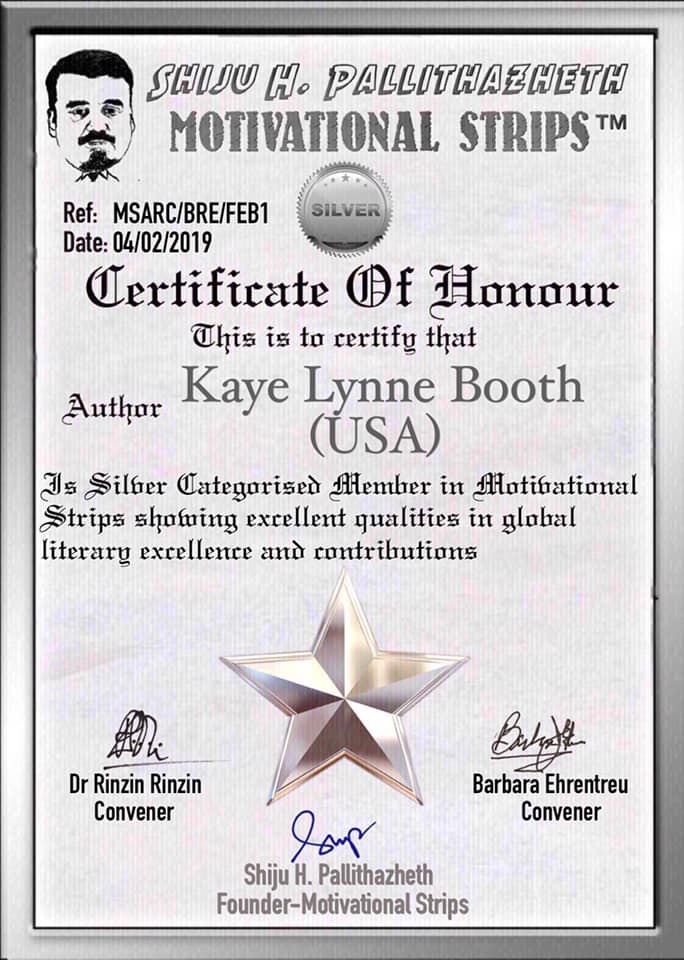
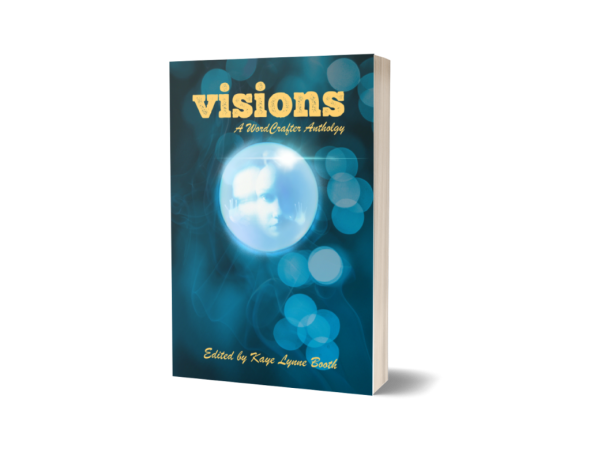


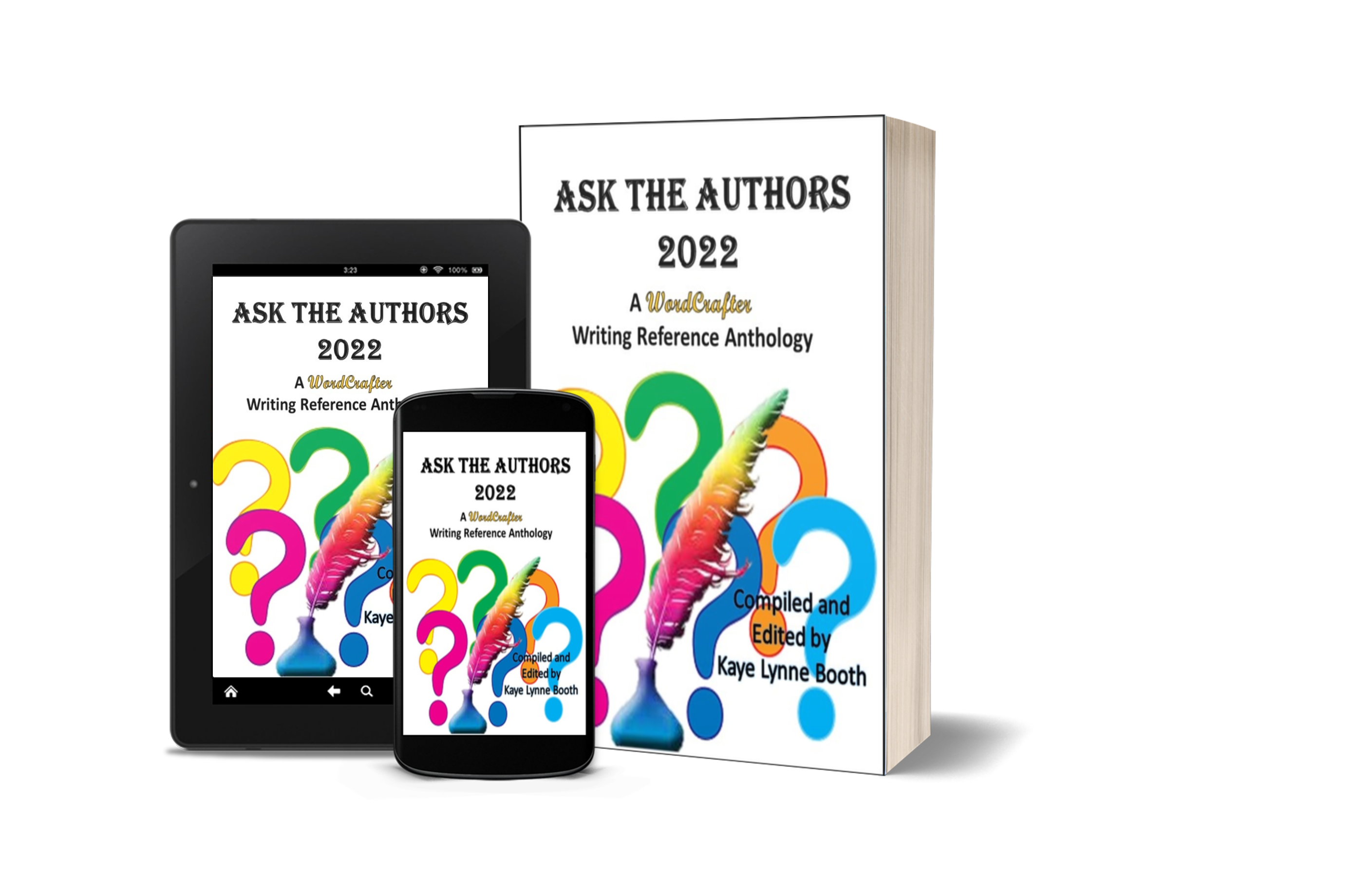
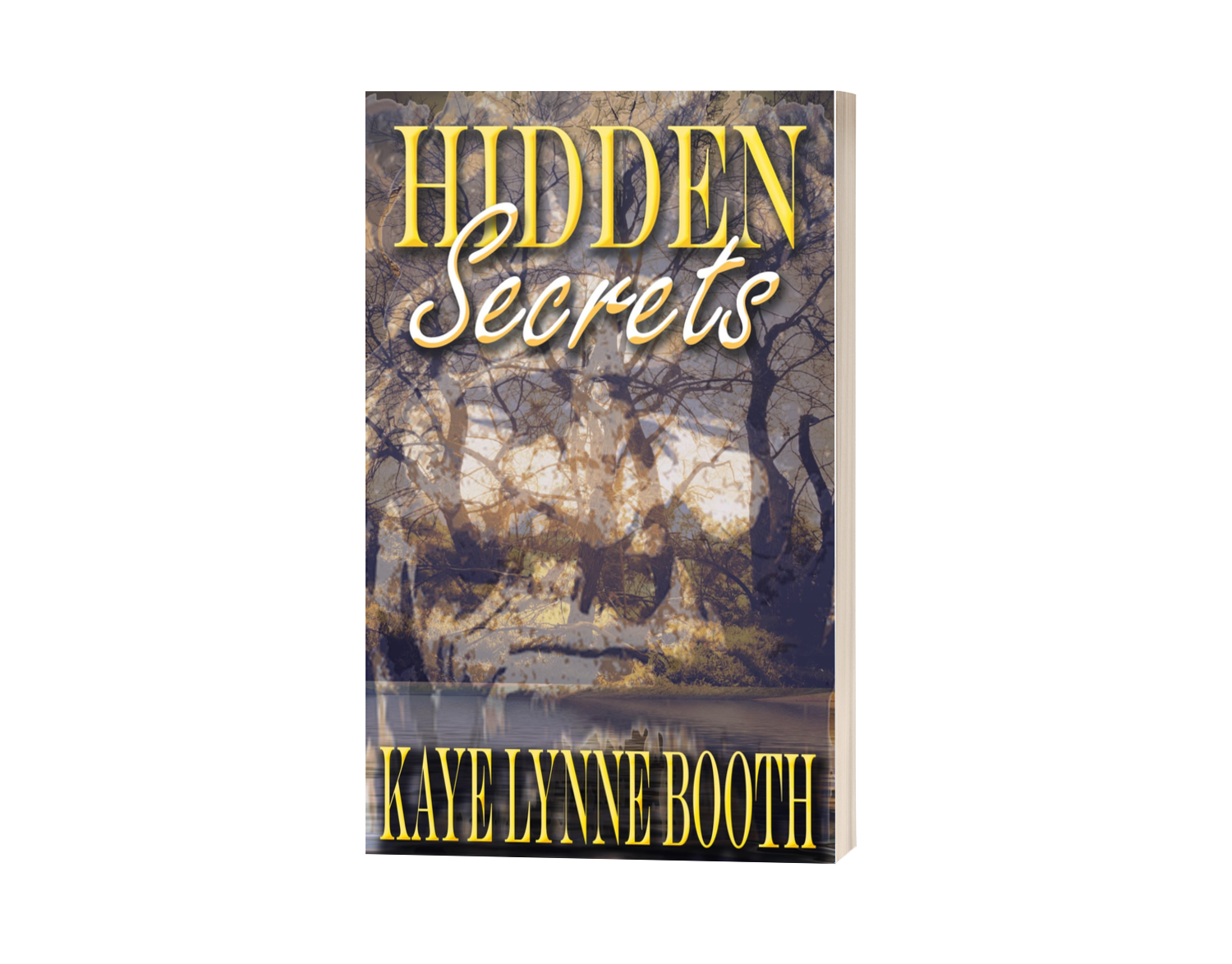
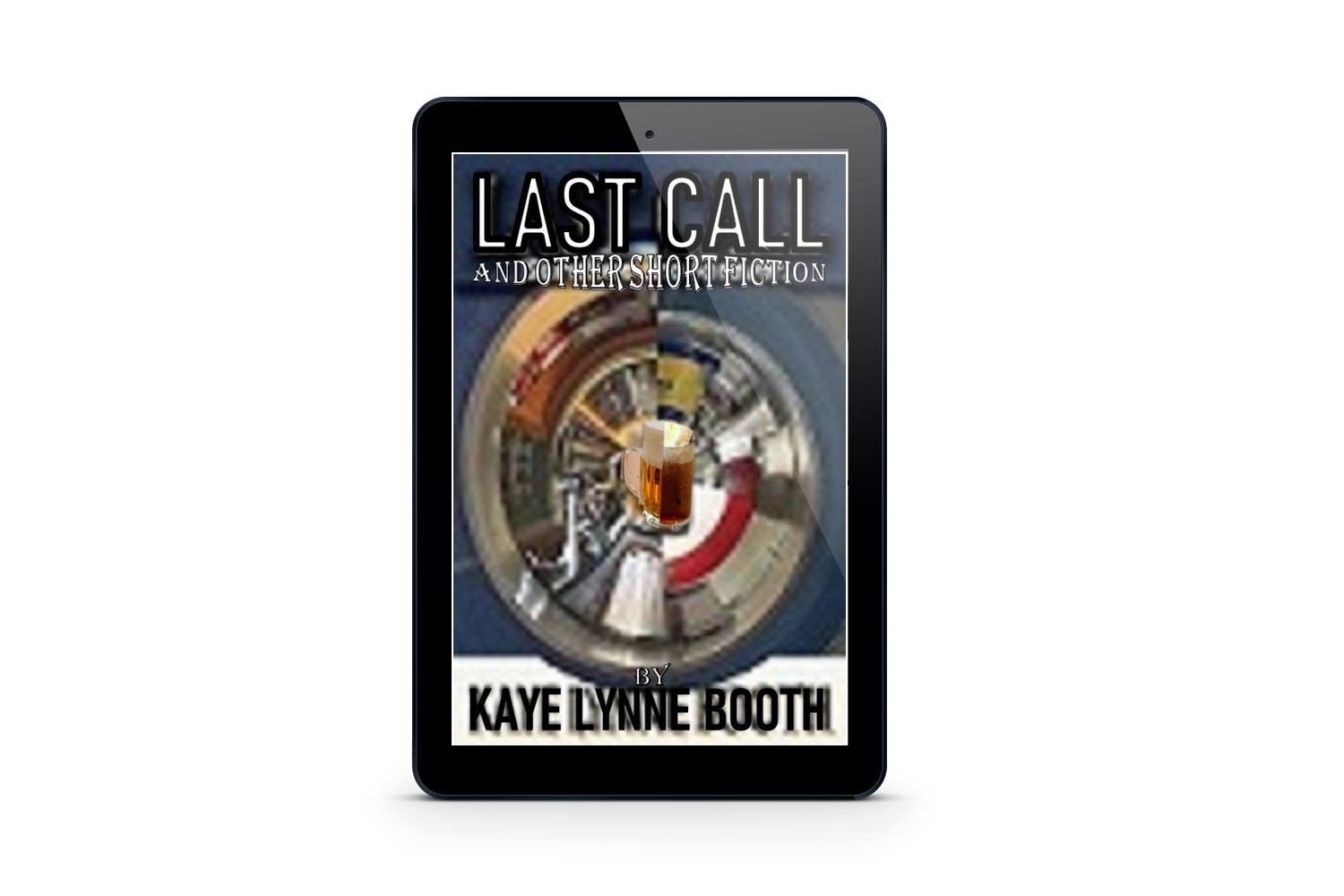
Reblogged this on and commented:
I am over at Writing to be Read with Part 2 of posts about the San (Bushmen) of southern Africa. Today, I am reading a poem from IXam mythology and sharing about the Bushman Heritage Centre in Nieu Bethesda, South Africa. Thank you for hosting me, Kaye Lynne Booth.
LikeLiked by 1 person
Always a pleasure, Robbie. I’m really enjoying learning more about African mythology and legends, also what it tells us about the culture.
LikeLiked by 1 person
Hi Kaye, I am very happy to hear that. I enjoy sharing about the culture and traditions of the various southern African peoples.
LikeLiked by 1 person
I have never heard this Milky Way origin story. Interesting. Thanks, Robbie!
LikeLiked by 2 people
Thank you, Priscilla, I am glad you enjoyed it.
LikeLiked by 1 person
That girl sounds like someone I would not want to be on the bad side of. Many thanks for sharing the legends and lore you present in your posts. Fascinating to learn about other peoples.
LikeLiked by 2 people
HI Annette, I am so pleased you enjoyed this post and the poetic story.
LikeLiked by 2 people
Thank you for including the two videos in your post. I’ve always loved how ancient peoples used story to explain the natural world. Now I want to know more about what happened to the bushmen!
LikeLiked by 2 people
Hi LIz, they are a fascinating people and I enjoy learning more about them. It is very tragic what has happened to the Bushmen. Here is an article on BBC about what was happening with the Bushmen: https://www.bbc.com/news/world-africa-24821867#:~:text=Thousands%20of%20Bushmen%20lived%20in,Namibia%2C%20South%20Africa%20and%20Zambia. They did win their court case and I read an update about it dated 2017. I couldn’t find anything more recent though so I don’t know if their situation has actually improved or not.
LikeLiked by 2 people
Hi Liz, here is the update article. It was actually dated 2019. https://www.survivalinternational.org/tribes/bushmen#:~:text=The%20Bushmen%20are%20the%20indigenous,tens%20of%20thousands%20of%20years.&text=They%20are%20the%20indigenous%20people,tens%20of%20thousands%20of%20years.
LikeLiked by 2 people
Thank you for passing along the updated article, Robbie. I just read it and watched the video. I’ll admit, I’m shocked at the government’s behavior.
LikeLiked by 1 person
That was so cool!! Robbie, your accent is neat; I loved listening to you and I loved the story.
LikeLiked by 2 people
HI Chel, thank you, I am delighted that you enjoyed this story.
LikeLiked by 2 people
A wonderful story, Robbie. The First Nations of Canada have similar legends. I would love to visit that museum. Thanks for sharing this history with us. We need to keep it alive.
LikeLiked by 2 people
Hi Darlene, I am so pleased this article interested you. I do see that many countries are making a concerted effort to preserve the culture and heritage of the First Nation peoples. It is a wonderful shift in mindset.
LikeLiked by 2 people
These primitive tribes (I use that word denotatively, not the usual connotative inference) were amazing. Almost all gone, but they were a thriving example of community in their time.
LikeLiked by 3 people
🙂
LikeLiked by 2 people
Hi Jacqui, you are right and I am so saddened by what has happened to the Bushmen. I am glad we visited their Heritage Museum and were able to make a donation and buy some of their lovely wares.
LikeLiked by 2 people
Primitive tribes worked in their own way as well as our Western world communities. Researching them taught me not to judge the lifestyles people pick.
LikeLiked by 2 people
Your knowledge of and enthusiasm for history is contagious, Robbie!
LikeLiked by 2 people
Hi Jan, thank you, I’m glad you enjoyed this article.
LikeLiked by 1 person
I wonder why the poison takes so long to act, or if they couldn’t make it stronger. I hate to think of an animal being tracked for days, yet I understand the San do what they must to survive. The way they use every part of the animal reminds me of how Native Americans in the U.S., would do the same with the buffalo. The animal gave its life to sustain them, and they in turn honored it by making certain nothing went to waste.
Very cool origin story on the Milky Way as well, Robbie. Love your accent 😊
LikeLiked by 3 people
HI Mae, I am pleased you enjoyed the story. The poison would take a while to work especially on big animals. It is the same for humans when we are bitten by snakes or spiders. In many cases, if left untreated, the poison is slow to kill the person and it can take weeks or even months in some cases.
LikeLiked by 2 people
It seems like the San are smart hunters. Many butterfly caterpillars such as Painted Lady, Swallowtail, and Monarch. It’s poisonous to protect themselves in the wild. And the San used insect larvae for the arrow tip to hunt. Chinese still eat every part of the animals such as liver, tongue, intestine, and feet. Very good article, Robbie.
LikeLiked by 2 people
Hi Miriam, thank you for adding this interesting information. The San are very close to nature and that is reflected in everything they do and how they live traditionally. People who live off the land are always much more innovative with the use of animals and plants and using every part than those of us who buy everything from a shop.
LikeLiked by 1 person
Robbie, I can’t buy the different animal parts in regular grocery stores, but the Chinese grocery stores have them imported from Asia. It’s not my regular diet though.
LikeLiked by 1 person
Another fascinating post, Robbie. I loved learning about the posion arrows and the the myth.
LikeLiked by 2 people
Hi Denise, I am very happy to know that. I have always been very interested in the mythology of various cultures including the Maoris and all the southern African peoples.
LikeLiked by 1 person
The heavens have inspired many wonderful stories. Thanks for sharing this one. (K)
LikeLiked by 2 people
HI Kerfe, I am so pleased you enjoyed this mythical poem. I think it is beautiful and amazing.
LikeLiked by 2 people
Fascinating, Robbie I love learning about the old ways…I wonder what they did to neutralise the poison before eating or whether heating neutralised the poison…Looking forward to part three 🙂 x
LikeLiked by 2 people
Hi Carol, thank you for visiting. The poison doesn’t contaminate all the meat. They cut out a piece where the arrow goes in but other than that, the meat is fine for eating.
LikeLiked by 2 people
Thank you for confirming that Robbie 🙂 x
LikeLiked by 1 person
I think it’s important to keep those old stories alive. The San sound like great hunters, and I like that they used every part of the animal – no waste. Interesting story about the Milky Way…
LikeLiked by 1 person
Reblogged this on NEW BLOG HERE >> https:/BOOKS.ESLARN-NET.DE.
LikeLiked by 1 person
Thank you for sharing this wonderful story, Robbie! We can learn so much fromohther cultures too, its a shame we had not done so over centuries. Best wishes, Michael
LikeLiked by 1 person
I know this story, Robbie! I may even have come across it in the same book (borrowed from the library). I’ve read a lot about the ancient people who once roamed this land; their recent history is heartbreaking.
LikeLiked by 1 person
Totally great, Roberta! Thank you for sharing this. You are a fab teacher.
LikeLiked by 2 people
I’m glad you enjoyed this post, Resa.
LikeLiked by 2 people
[…] Part 2 provided an overview of the San hunting methods and I shared another traditional story. I also introduced you to the Bushman Heritage Museum in Nieu Bethesda. You can read it here: https://writingtoberead.com/2022/02/23/dark-origins-african-myths-and-legends-the-san-previously-bus… […]
LikeLiked by 1 person
I always find Robbie’s posts very interesting. Another enlightening one for me.
LikeLiked by 2 people
Hi Carla, I am delighted to know that.
LikeLiked by 2 people